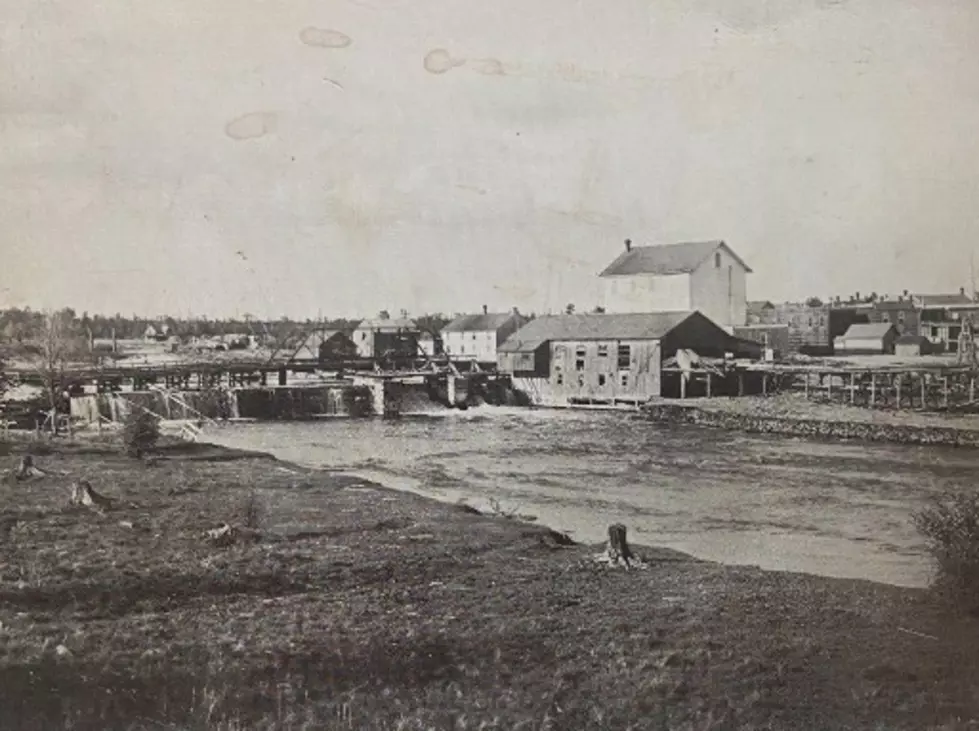
The Grave of “Good John” in the Town of Custer: Mason County, Michigan
The town of Custer in Mason County, Michigan was founded in 1876, the same year General George Armstrong Custer was killed at Little Big Horn in Montana.
The town was founded and platted by Charles Roussegui of Ludington, becoming a station on the Pere Marquette Railroad and a postal stop.
Near the Pere Marquette River is the Riverside Cemetery with a sign that reads “Original Indian Burial Ground” toward the back. Probably the most interesting part of this hallowed ground is the homemade tombstone of “Good John” a name that was tagged onto a man named Naw-gone-koung (“Leading Thunder”), the last member of the Ottawa tribe in the area.

According to the Mason County Press, when Good John was around ten years old, his father, Gee-Gush, passed away. Born in an Indian village at the mouth of the Pere Marquette River, Good John left the area when the village was abandoned in 1848. He ended up in Riverton Township, then Eden Township, where he homesteaded and farmed in both places for many years.
He converted to Christianity, joined the Methodist church, and began preaching to other Native Americans in a reservation that was established in Mason County... In 1874, an act of Congress made it OK for Caucasians to settle in parts of the reservation, and many Indians sold their homesteaded land to white settlers. These Native Americans are the one buried in the Riverside Indian Cemetery alongside Good John.
Good John's gravestone says his birth year was 1788 but other reports put the year as 1807. He passed away in 1892 which would either make him 85 or as old as 102. He evidently was fondly thought of by all who knew him and many visit his makeshift grave marker to this day.
Custer, Michigan and the Grave of "Good John"
MORE MICHIGAN CHARACTERS:
Michigan Character: One Eye Pete
Four Characters From Michigan's Copper Country
Jim "Dandy" Mangrum: Born in Benton Harbor
More From 99.1 WFMK









